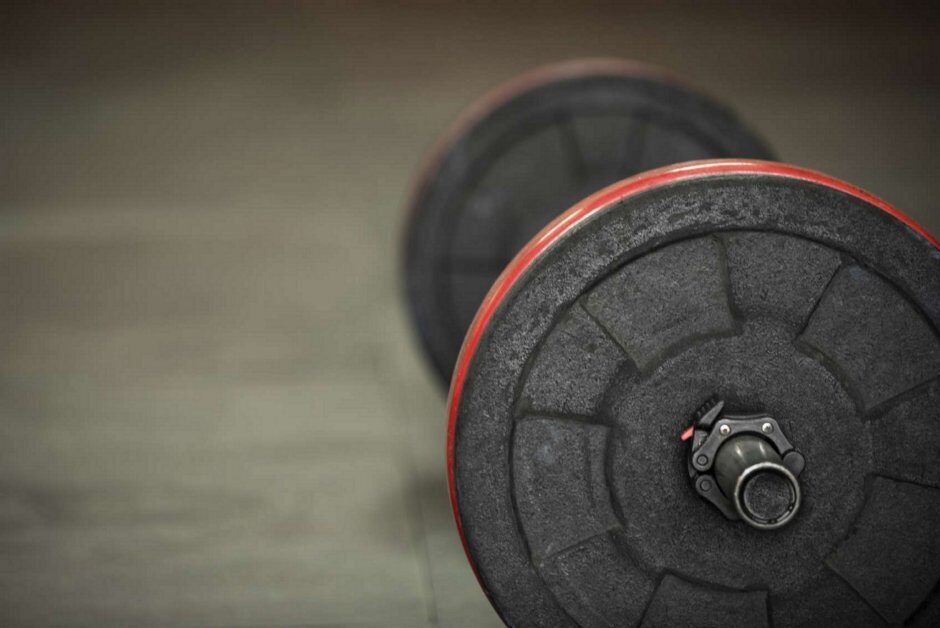Plyometrics – The Basics
Plyometrics, are explosive exercises such as jumping or bounding that increase performance and reduces injury risk in sport.[1,2]
Plyometrics, however, are intense. The same impact and rebound forces that make plyometrics powerfully effective can overwhelm muscles, bones, and connective tissue if not used correctly.
Progression from low- to high-intensity is important. Diving into high intensity plyometric exercises without developing a good base of plyometric fitness is a recipe for injury.
Before you start Plyometrics
It is important to meet some basic movement, stability and strength standards before beginning plyometric training.
Functional Movement
- No pain in the lower extremities
- Full range of motion in all involved joints
- Single-leg balance with eyes open for 30 seconds
- Single-leg balance with eyes closed for 30 seconds
- Full squats and lunges with no pain or compensations
FMS is a good starting point for testing these criteria.
Muscular Strength
- Squat 1.5 (Male) 1-1.2 (Female) X your bodyweight
OR
- Squat 60% of your bodyweight 5 times in 5 seconds
Upper Body
- Bench Press 1.0 (Male) 0.75 (Female) X bodyweight
OR
- 5 Clap Push-ups
https://www.ncbi.nlm.nih.gov/pmc/articles/PMC4637913/table/T1/?report=objectonly
Plyometric Training Variables
Intensity
Volume
Recovery
Frequency
Plyometric Intensity
The plyometric intensity is determined by the amount of stress placed on muscles, connective tissues, and joints by the type of plyometric drill.
Volume is the number of foot contacts per workout (or in distance for bounding drills). Upper body plyometric volume is the number of throws or catches per workout. Recommended lower body volumes vary for athletes with different levels of experience.

Plyometric Recovery
Time between sets is determined by a work-to-rest ratio (i.e., 1:5 to 1:10) and is specific to the volume and type of drill being performed. Drills should not be thought of as cardiorespiratory conditioning exercises but as power training. Drills for a given body area should not be performed two days in succession.
Plyometric Frequency
Typical recovery time guideline: 42 to 72 hours between plyometric sessions. Using these typical recovery times, athletes commonly perform two or three plyometric sessions per week.
Caution
Most people question some of the pre-requisites for plyometric training, please consider that the peak ground reaction force during landing can be over 7 X Bodyweight.[3]
Without the base stability, mobility or strength there is a high risk of Injury.
- Ling DI, Cepeda NA, Marom N, Jivanelli B, Marx RG. Injury prevention programmes with plyometric and strengthening exercises improve on-field performance: a systematic review. Journal of ISAKOS. 2020 Jan 1;5(1):48-59.
- Davies G, Riemann BL, Manske R. Current concepts of plyometric exercise. International journal of sports physical therapy. 2015 Nov;10(6):760.
- Donoghue OA, Shimojo H, Takagi H. Impact forces of plyometric exercises performed on land and in water. Sports Health. 2011 May;3(3):303-9. doi: 10.1177/1941738111403872. PMID: 23016022; PMCID: PMC3445157.



